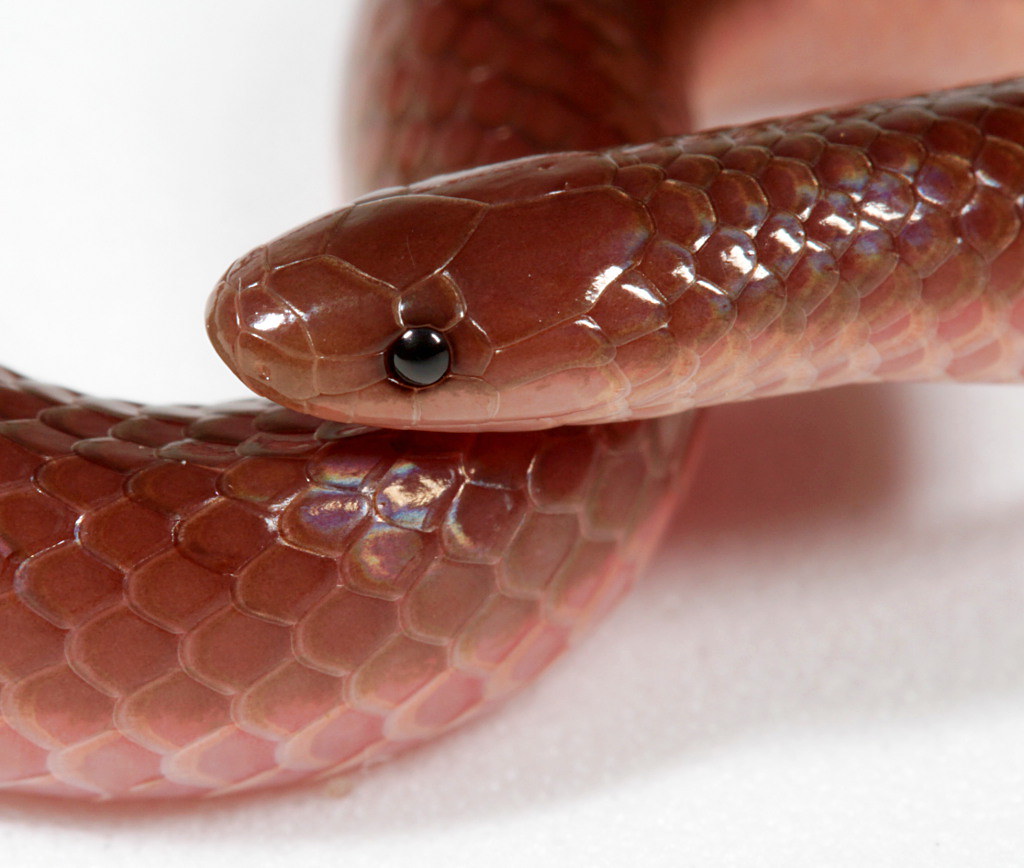Snakes, with their mysterious allure and fascinating behaviors, have captivated human interest for centuries. Among the many behavioral adaptations observed in these reptiles, one particularly intriguing phenomenon occurs when certain snake species alter their activity patterns after being brought into captivity. Many snakes that are naturally diurnal (active during daylight hours) in the wild undergo a remarkable shift, becoming predominantly nocturnal (active at night) when kept in captivity. This behavioral transformation raises numerous questions about the adaptability of snakes, the impact of captive environments, and the complex interplay between genetics and environment in determining activity patterns. This article explores the various factors contributing to this nocturnal shift, offering insights into snake behavior, captive care considerations, and the implications for both snake welfare and our understanding of reptilian adaptability.
The Natural Activity Patterns of Wild Snakes

In their natural habitats, snakes exhibit diverse activity patterns that have evolved over millions of years to optimize survival and reproductive success. Many species display distinct diurnal behaviors, hunting and basking during daylight hours to take advantage of optimal thermal conditions and prey availability. Others are crepuscular, concentrating their activity during dawn and dusk when visibility conditions favor both predator and prey. Naturally nocturnal species, meanwhile, have evolved specialized adaptations such as enhanced chemosensory abilities, heat-sensing pits, or modified vision to thrive in low-light conditions. These activity patterns aren’t merely preferences but rather essential survival strategies intricately tied to each species’ ecological niche, predator-prey relationships, and evolutionary history. Understanding these natural patterns provides a crucial baseline for recognizing and interpreting the behavioral shifts that occur in captivity.
The Phenomenon of Activity Pattern Shifts
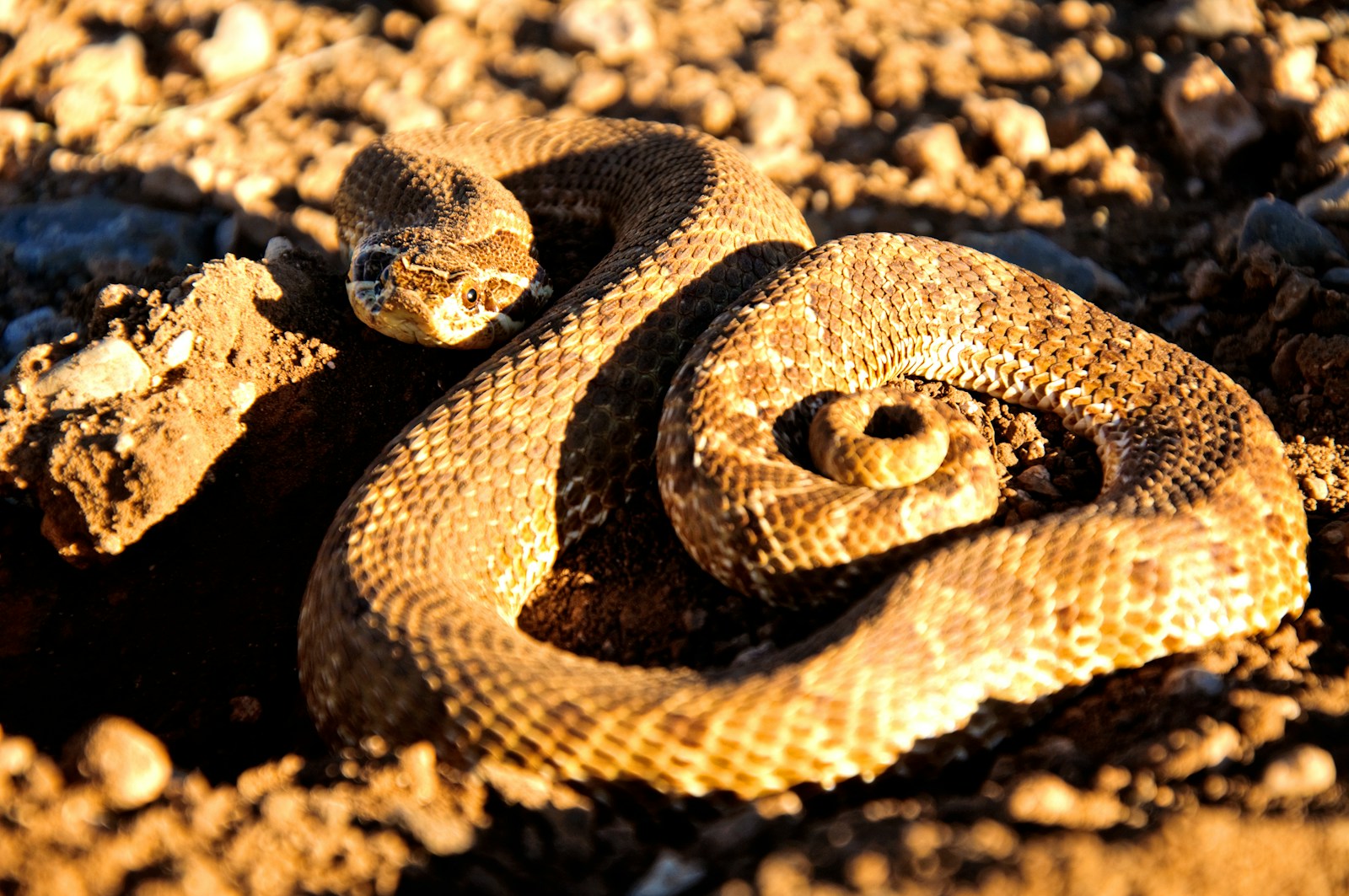
The transition from diurnal to nocturnal behavior in captive snakes represents a significant behavioral adaptation that has been documented across numerous species. This shift typically manifests gradually, with snakes initially maintaining their wild activity patterns before progressively becoming more active during evening and night hours while reducing daytime activity. Herpetologists have observed this phenomenon particularly in colubrid snakes like corn snakes, king snakes, and certain rat snake species, though it occurs to varying degrees across different taxonomic groups. What makes this behavioral change especially notable is that it often occurs even when captive conditions attempt to replicate natural light cycles and environmental parameters. The consistency of this pattern across different collections, keeper practices, and housing systems suggests underlying mechanisms beyond simple environmental responses. This widespread behavioral plasticity challenges our understanding of how deeply ingrained activity patterns are in reptilian behavior.
Stress Responses and Adaptation
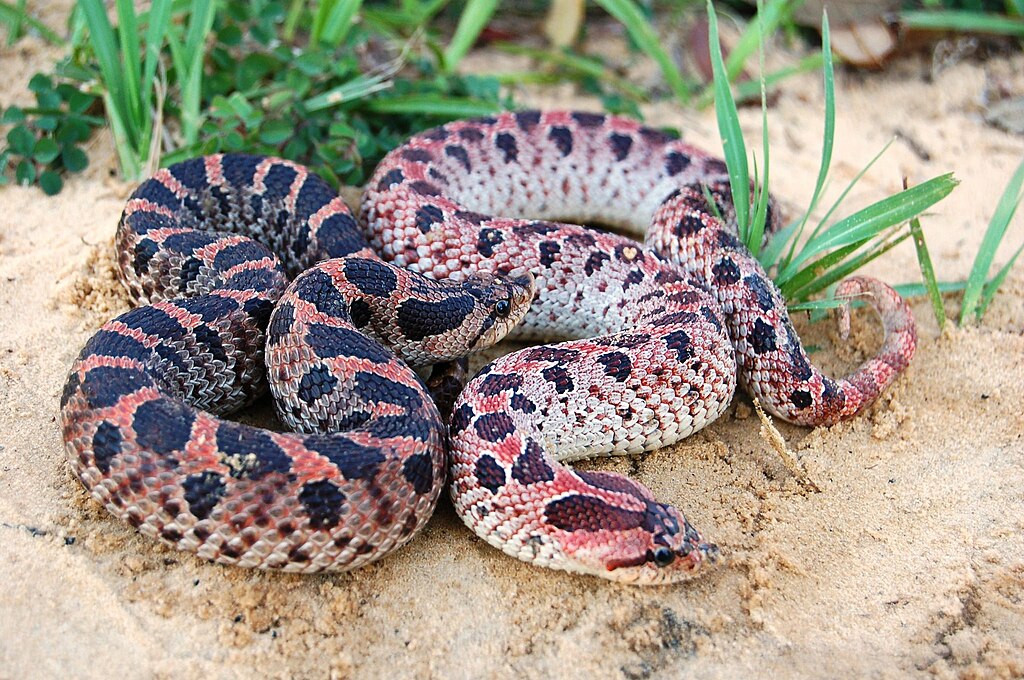
A primary factor driving nocturnal shifts in captive snakes is the stress response triggered by human presence and activity. In captivity, snakes are regularly exposed to human interaction, habitat maintenance, feeding practices, and the general bustle of the surrounding environment, all of which typically occur during daylight hours. This consistent pattern of disturbance during the day creates a pressure for snakes to adjust their active periods to times of reduced human interference. Research in reptile physiology has demonstrated elevated corticosterone levels (a stress hormone) in many captive specimens during periods of human activity. This physiological stress response can trigger behavioral adaptations as the snake attempts to minimize exposure to perceived threats or disturbances. Over time, this initially reactive behavior can become established as a regular pattern, with the snake’s internal rhythms gradually resynchronizing to favor nocturnal activity. This adaptation represents a remarkable example of behavioral flexibility that allows these reptiles to manage stress in artificial environments.
Thermal Considerations in Captivity
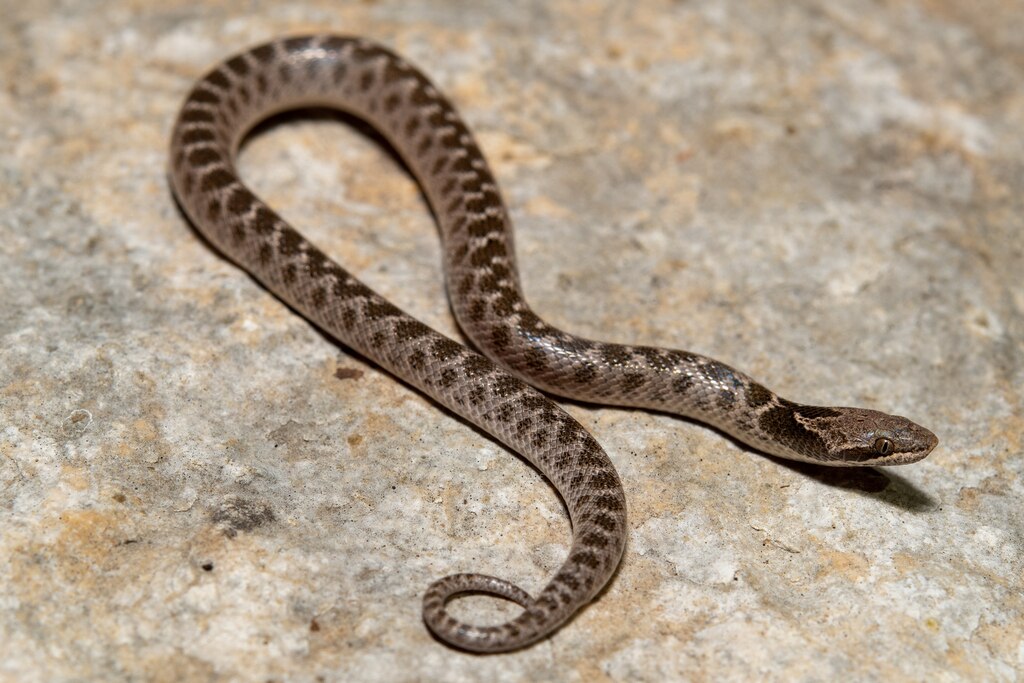
Temperature regulation plays a crucial role in reptile behavior, and the thermal environment of captivity often differs significantly from natural conditions. In the wild, many diurnal snake species rely on basking opportunities throughout the day to achieve optimal body temperatures for digestion, immune function, and overall metabolic processes. Captive enclosures, however, frequently maintain more consistent temperatures with artificial heating elements that continue to provide heat into evening hours when ambient temperatures would naturally decline. This extended availability of optimal thermal conditions into nighttime hours removes one of the primary constraints that would normally limit nocturnal activity in the wild. Additionally, daytime temperatures in some captive environments may inadvertently become too hot, especially in enclosures with limited temperature gradients or those placed in warm rooms with additional ambient heating. This thermal pattern can effectively reverse the natural incentives, making nighttime activity more energetically favorable and comfortable for the captive snake.
Predator Avoidance Behaviors
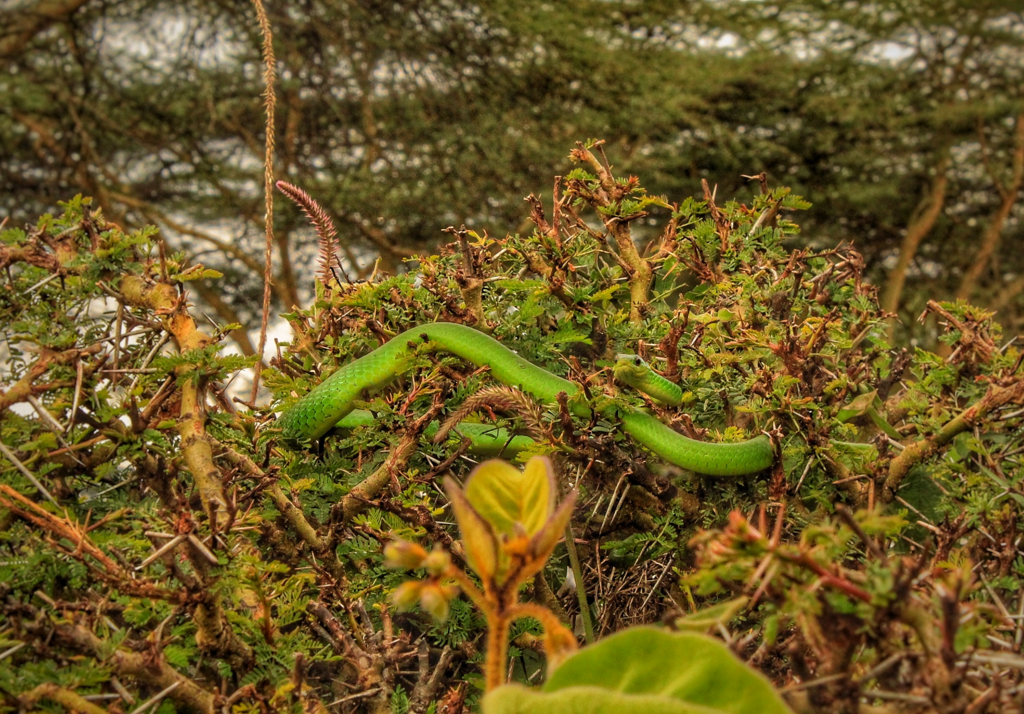
Snakes possess deeply ingrained predator avoidance instincts that continue to influence their behavior even after generations in captivity. For many snake species, humans represent potential predators, triggering innate defensive responses regardless of the benign intentions of their keepers. When a snake consistently perceives human activity during daylight hours as threatening, it may adaptively shift its activity to periods when these perceived threats are absent. This behavioral adaptation resembles the natural anti-predator strategy observed in wild populations where increased predation pressure during certain times of day can drive evolutionary shifts in activity patterns. Interestingly, studies comparing first-generation captive snakes with those born and raised in captivity over multiple generations suggest that while the intensity of the fear response may diminish over time, the behavioral shift to nocturnal activity often persists. This persistence indicates that once established, these activity patterns may become self-reinforcing or that the underlying stimuli continue to exert influence even as the acute stress response moderates.
Feeding Opportunities and Hunting Behavior

The timing and manner of feeding in captivity can significantly influence a snake’s activity patterns. In captive environments, feeding typically follows a schedule determined by human convenience rather than natural prey availability patterns. Many keepers feed their snakes during evening hours after work or school, inadvertently creating a consistent pattern that conditions the snake to associate nighttime with feeding opportunities. This conditioning effect becomes particularly powerful as feeding represents one of the most significant biological drivers of snake behavior. Additionally, many captive feeding protocols involve presenting pre-killed prey items directly to the snake, eliminating the need for the extended hunting behaviors that would normally occupy a significant portion of a wild snake’s active time. With reduced time spent hunting and a predictable feeding schedule, snakes may reorganize their activity around these artificial feeding patterns. Over time, this can lead to anticipatory behavior where the snake becomes increasingly active during the periods when feeding typically occurs.
Light Exposure and Photoperiod Changes
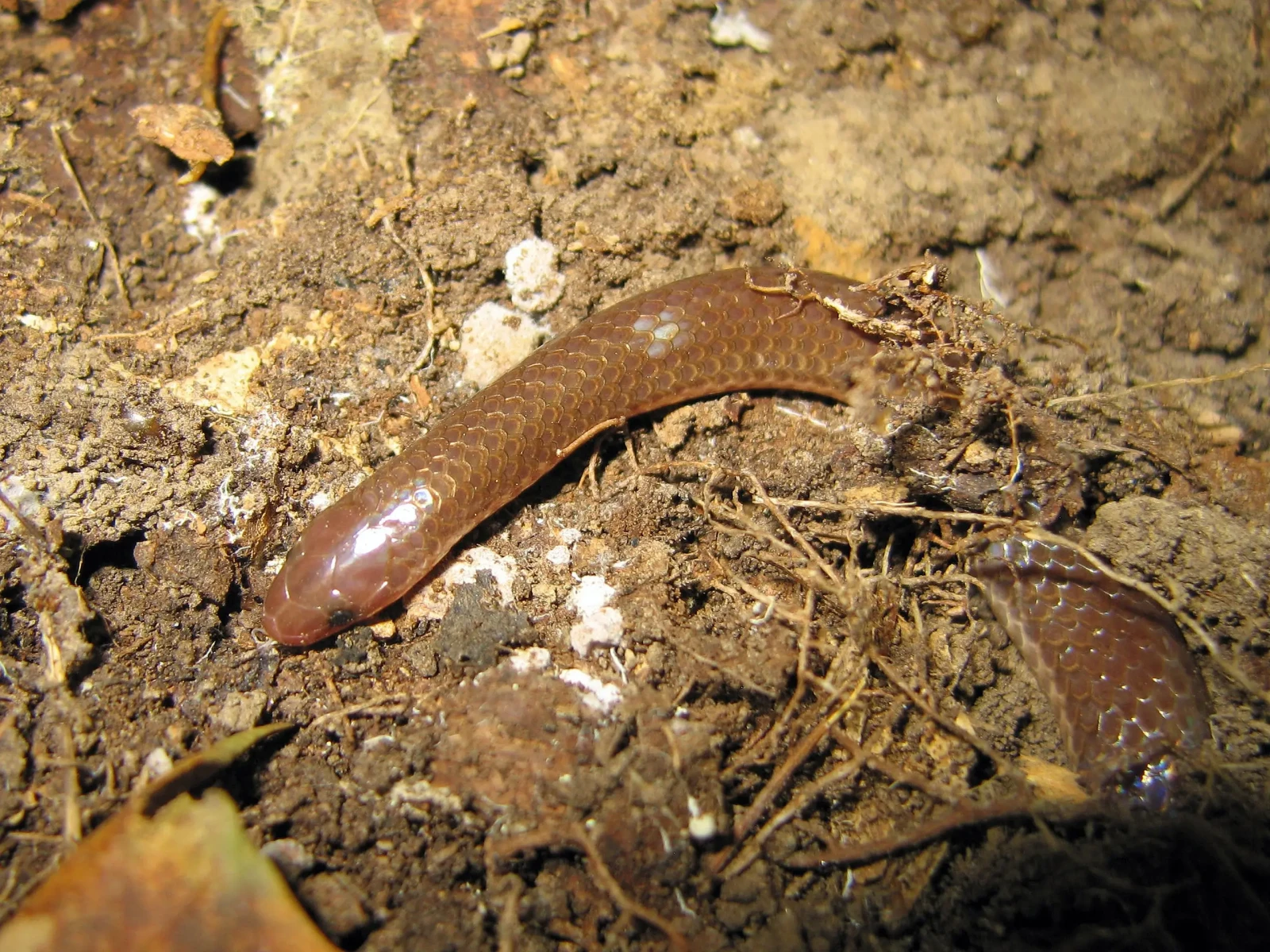
The quality, intensity, and duration of light exposure in captivity often differs dramatically from natural conditions, potentially disrupting the circadian rhythms that govern snake activity. Wild snakes experience gradual transitions between day and night with varying light spectrums that trigger appropriate physiological and behavioral responses. In contrast, captive environments frequently feature artificial lighting with limited spectral range, abrupt on/off transitions, and photoperiods that may not accurately reflect seasonal variations or natural day length. Research in chronobiology has shown that these artificial light conditions can affect the production and regulation of melatonin and other hormones that control circadian behaviors. Some enclosures may also receive indirect lighting from room lights, televisions, or other sources during evening hours, creating an ambiguous light environment that fails to provide clear environmental cues for appropriate activity timing. Without these reliable zeitgebers (time-givers), snakes may develop altered activity patterns that deviate from their natural programming.
Spatial Constraints and Exploration
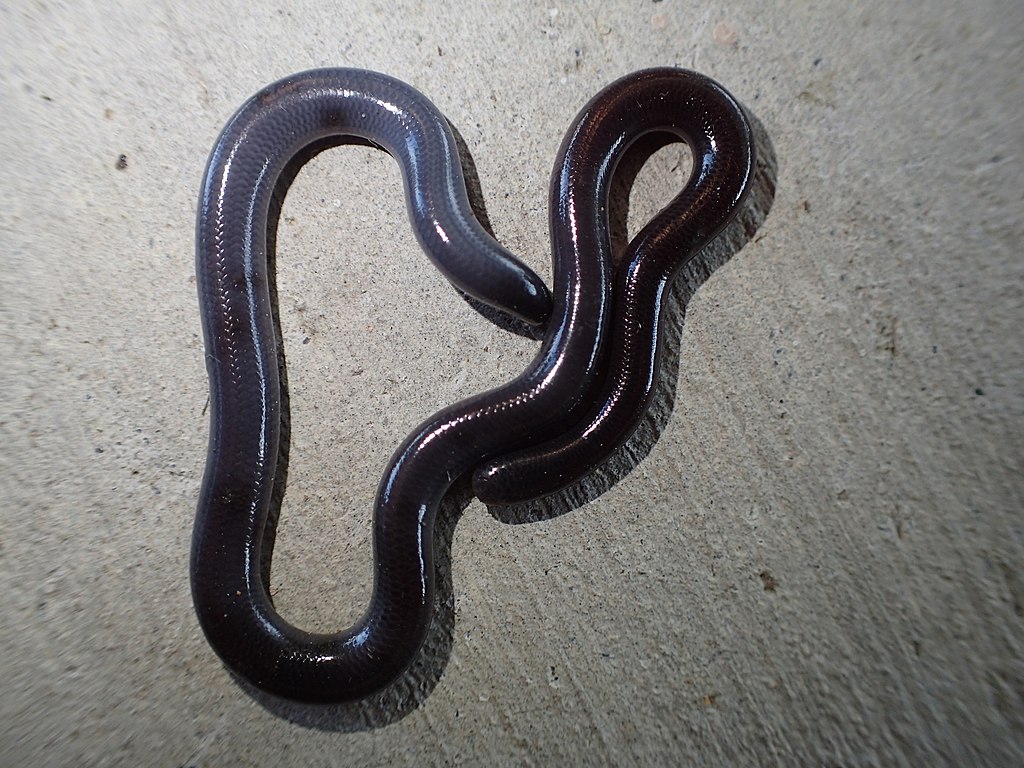
The limited spatial dimensions of captive enclosures fundamentally alter how snakes interact with their environment, potentially encouraging nocturnal behavior. Wild snakes typically inhabit expansive territories that they navigate for resources, mates, and suitable microhabitats, with this exploration naturally occurring during their evolved activity periods. In captivity, even the most spacious and enriched enclosures represent a fraction of a snake’s natural range, dramatically reducing the time required for full environmental exploration. This spatial limitation, combined with the predictable arrangement of resources within the enclosure, reduces the adaptive advantage of maintaining strict diurnal activity. Additionally, many captive snakes develop a pattern of increased exploratory behavior during nighttime hours when they perceive reduced observation and potential threat, allowing them to investigate their surroundings with less stress. This behavioral adaptation represents an interesting compromise that allows captive snakes to fulfill their natural exploratory drives while minimizing perceived risk.
Prey Activity Patterns and Hunting Success
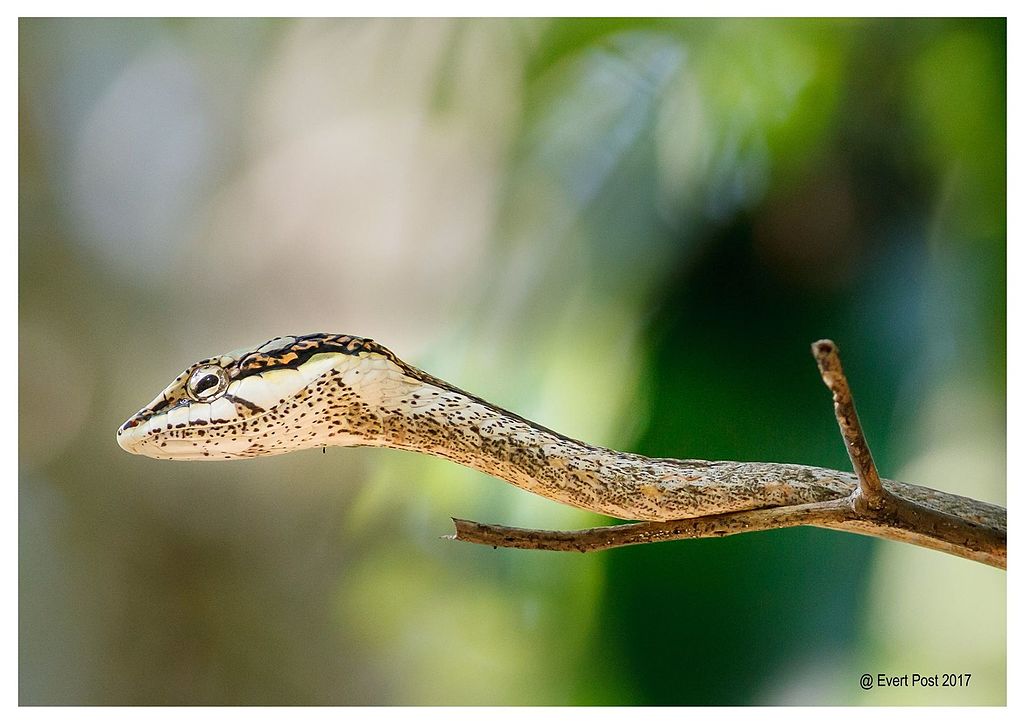
In the wild, snake activity patterns are often synchronized with the activity patterns of their preferred prey species, maximizing hunting efficiency and success. Diurnal snakes typically evolve to hunt prey that are themselves active during daylight hours, developing visual and behavioral adaptations specific to these conditions. In captivity, however, this natural synchronization becomes largely irrelevant as prey items are provided directly by keepers regardless of the time of day. This fundamental disruption to the predator-prey relationship removes one of the primary selective pressures maintaining diurnal behavior. Furthermore, the controlled environment of captivity may actually increase hunting success during nocturnal periods compared to natural conditions. In the simplified spatial environment of an enclosure, with fewer hiding places and escape routes for prey, nocturnal hunting may become equally or more effective than diurnal hunting, particularly for species that rely heavily on chemosensory information rather than visual cues for prey detection.
Social Factors and Breeding Behavior

The social environment of captivity differs dramatically from wild conditions, potentially influencing activity patterns in complex ways. While many snake species are primarily solitary in the wild, captive collections often house multiple individuals in close proximity, creating unique social dynamics and potential stressors. In breeding situations, snakes may be intentionally housed together or subjected to carefully managed introductions that occur according to keeper schedules rather than natural seasonal or daily rhythms. These artificial social conditions can trigger behavioral adjustments as snakes attempt to minimize competitive interactions or seek optimal timing for reproductive behaviors. Interestingly, some breeders report increased success with nocturnal breeding introductions, possibly because reduced external stimuli allow the snakes to focus more on conspecific interactions. Over time, successful reproductive experiences during evening hours may reinforce nocturnal activity patterns, particularly in breeding individuals.
Species-Specific Variations in Adaptability
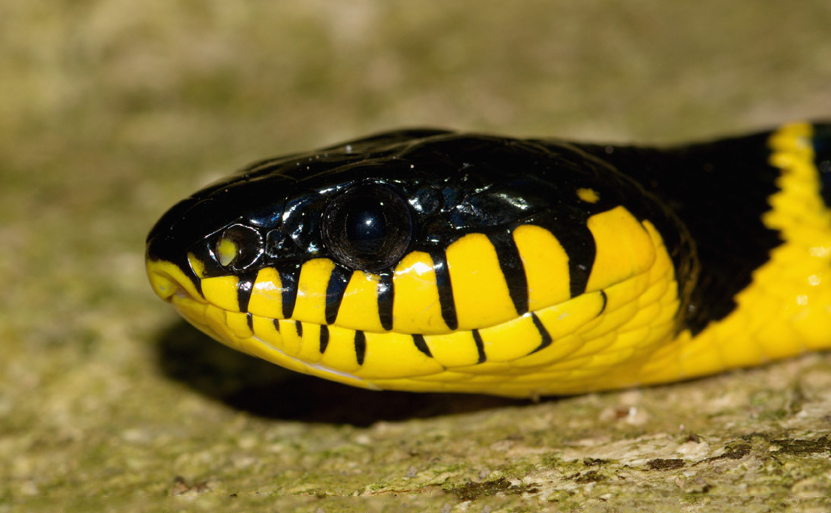
The tendency to shift toward nocturnal behavior in captivity varies significantly across different snake species, reflecting their evolutionary history and ecological adaptations. Generalist species with naturally flexible activity patterns, such as many rat snakes (genus Pantherophis) and king snakes (genus Lampropeltis), typically demonstrate more pronounced shifts toward nocturnal behavior in captivity. These adaptable species have evolved to exploit a variety of ecological niches and prey opportunities, making them predisposed to behavioral flexibility. In contrast, highly specialized diurnal hunters like certain arboreal species or specialized lizard-eaters often show greater resistance to activity pattern changes, maintaining stronger diurnal tendencies even after extended periods in captivity. This species-specific variation suggests that the capacity for temporal behavioral plasticity itself has evolutionary significance and is not uniformly distributed across the snake phylogeny. Understanding these differences can provide valuable insights for both evolutionary biologists studying behavioral adaptation and for keepers attempting to optimize care for different species.
Implications for Captive Care and Welfare
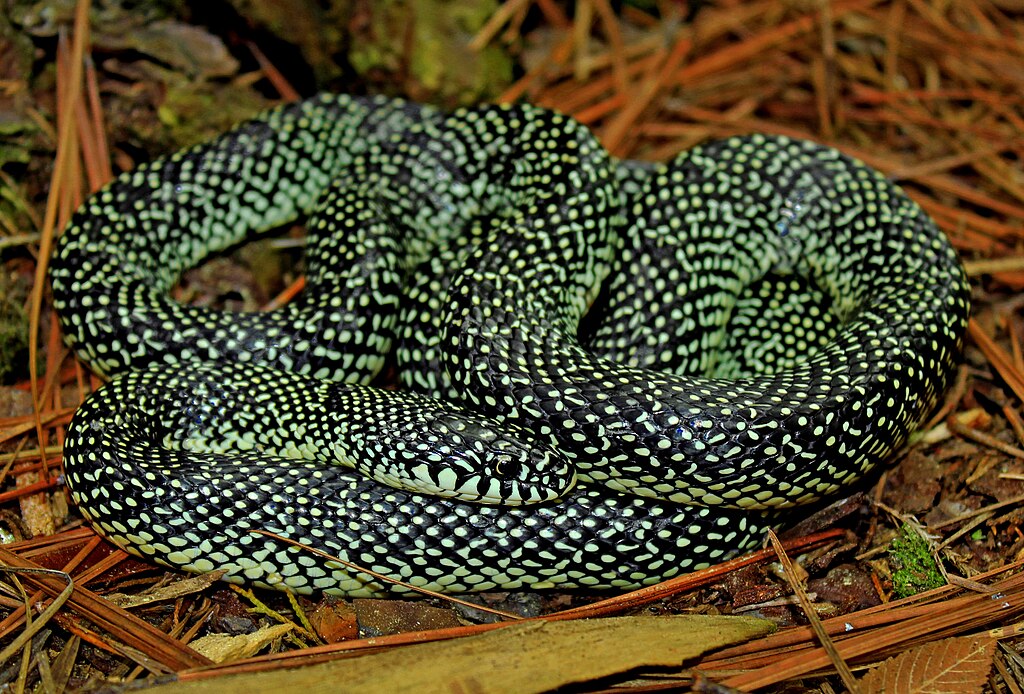
The shift toward nocturnal behavior in captive snakes raises important considerations for reptile husbandry practices and animal welfare. Responsible keepers should recognize this behavioral adaptation and adjust care routines accordingly, ensuring that nighttime conditions meet the needs of increasingly nocturnal animals. This might include providing secure hiding places that remain accessible during nocturnal active periods, adjusting temperature gradients to ensure appropriate nighttime temperatures, and considering red or infrared lighting options that allow for observation with minimal disruption to the snake’s activity. Feeding schedules may also benefit from adjustment to align with the snake’s adopted active periods, potentially improving feeding response and reducing stress. Perhaps most importantly, this behavioral shift highlights the need for keepers to adopt an observational approach that includes monitoring during evening hours, as daytime-only observation may provide an incomplete or misleading picture of the animal’s behavior, health, and welfare. Recognizing and accommodating these behavioral changes represents an important aspect of providing individualized, welfare-centered reptile care.
Research Implications and Future Directions

The nocturnal shift phenomenon in captive snakes offers fertile ground for research into behavioral plasticity, environmental adaptation, and the neurobiological bases of circadian rhythms in reptiles. Future studies could benefit from standardized protocols comparing activity patterns in wild populations with captive groups, particularly using non-invasive monitoring technologies like infrared cameras and motion sensors that can collect continuous behavioral data without observer interference. Longitudinal studies tracking individual snakes from wild collection through the adjustment to captivity could provide valuable insights into the timeline and progression of these behavioral changes. Additionally, comparative studies across species with different evolutionary histories and ecological niches could help identify the biological mechanisms underlying variable adaptability. The potential effects of this activity shift on long-term health outcomes, reproductive success, and lifespan in captivity also merit investigation, as do potential strategies for maintaining more natural activity patterns when desired for education, display, or conservation breeding programs.
Conclusion
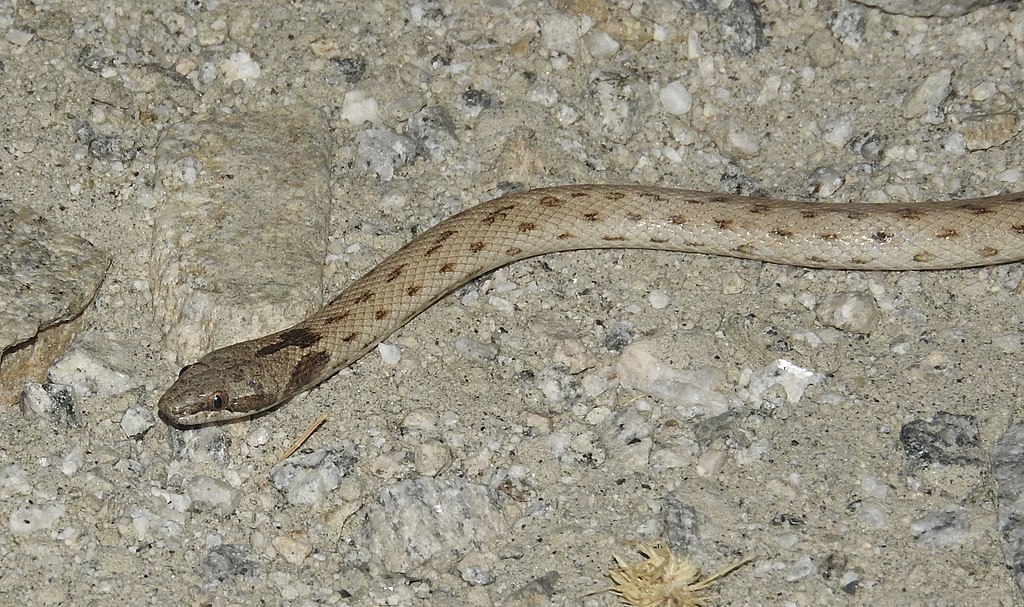
The shift from diurnal to nocturnal activity in captive snakes represents a fascinating example of behavioral plasticity in response to environmental changes. This adaptation reflects the complex interplay between innate behavioral tendencies and environmental pressures, demonstrating how even seemingly fundamental aspects of animal behavior can demonstrate remarkable flexibility. For snake keepers, understanding this phenomenon is essential for providing appropriate care that accommodates these altered activity patterns. For researchers, it offers valuable insights into the adaptability of reptilian behavior and the environmental factors that shape daily rhythms. As we continue to refine our understanding of this behavioral shift, we gain not only practical knowledge for improving captive snake welfare but also deeper appreciation for the remarkable adaptability that has allowed these ancient reptiles to thrive across millions of years of evolutionary history and in the most diverse of environments—including those created by humans.

